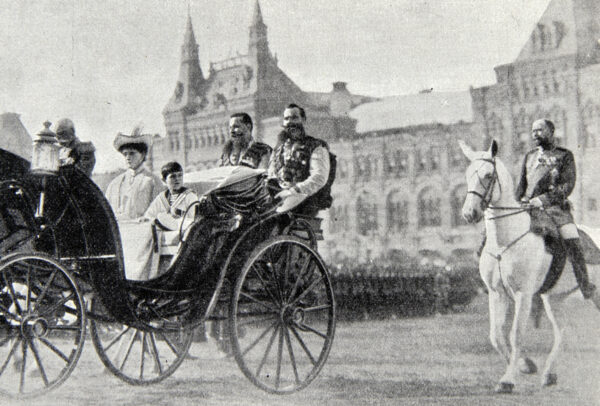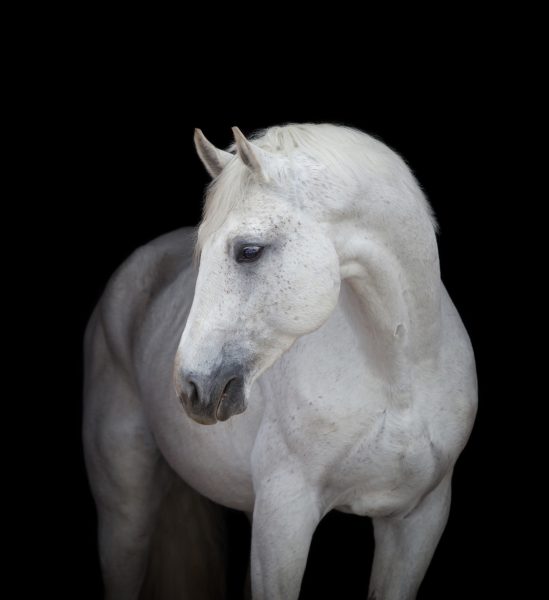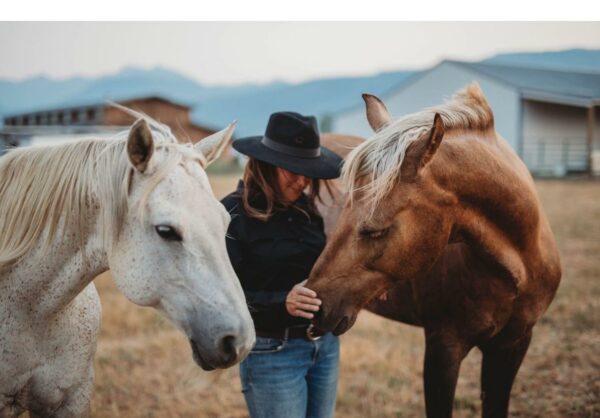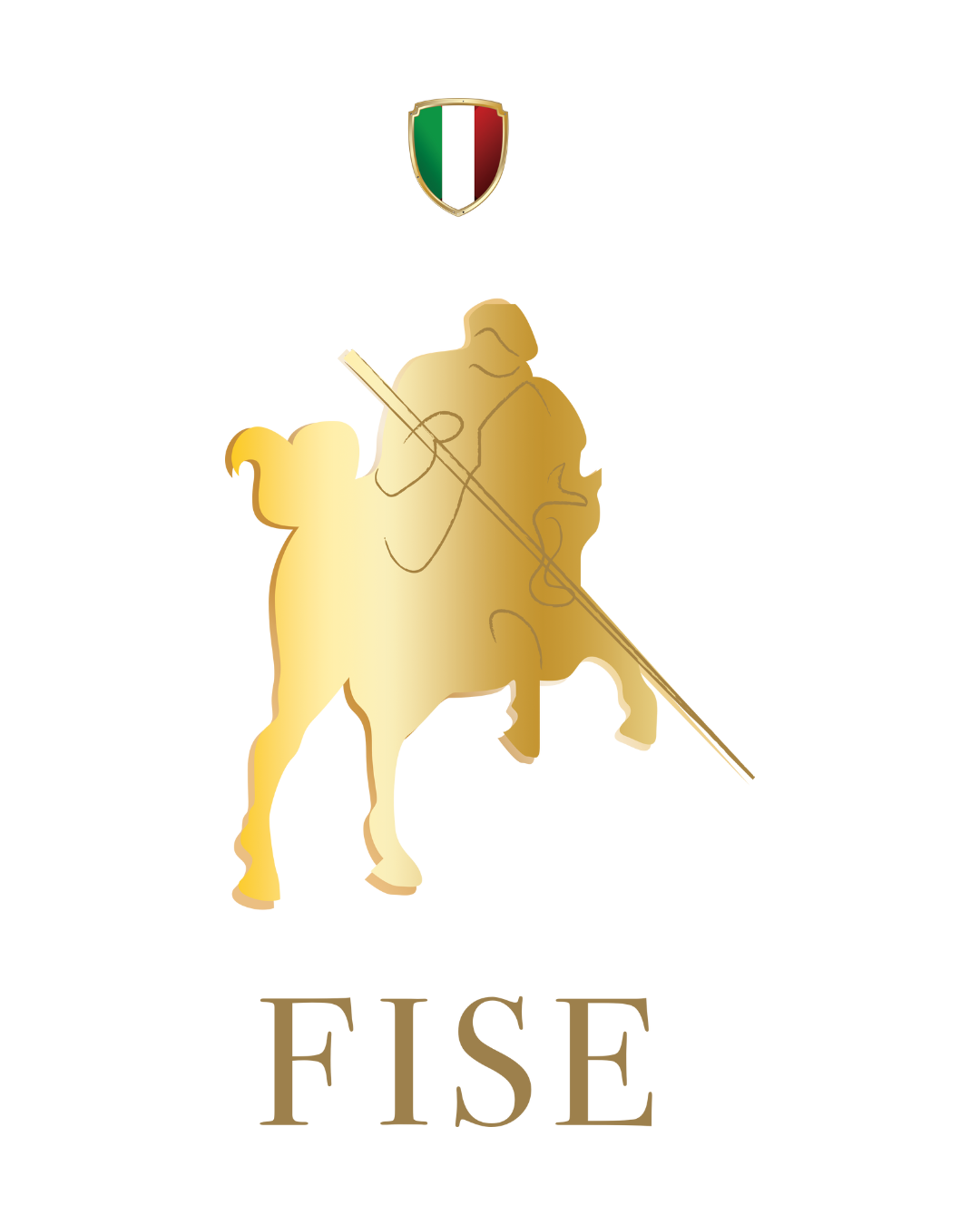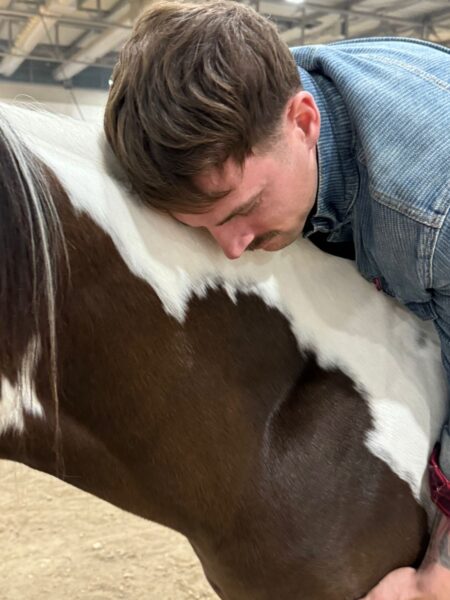
The Horse in World War II: Role, Use, and Legacy

Though World War II is often remembered for its tanks, aircraft, and mechanized armies, the humble horse remained an essential and often overlooked part of the war effort. Despite the rapid advance of military technology, horses played a vital role across nearly every front, serving in transport, logistics, and even in combat. Their use in WWII not only highlights the realities of warfare at the time but also helped shape aspects of modern equestrian sport, including the evolution of showjumping.
Horses in World War II: the Power in the Age of Machines
At the outbreak of World War II, many military strategists believed horses had become obsolete in modern warfare. Yet, for all the advancements in mechanization, vehicles had serious limitations in rough terrain, extreme weather, and areas lacking infrastructure. Horses filled those gaps. The German Wehrmacht, for instance, depended on over 2.5 million horses for pulling supply wagons, artillery, and mobile field kitchens—especially in the harsh conditions of the Eastern Front. The Soviet Union, similarly, deployed cavalry and relied heavily on horses for mobility.
While nations like the United States and Britain moved more swiftly toward fully motorized forces, they still used horses for mountain units, reconnaissance patrols, and specific tactical needs where machines couldn’t operate efficiently.
The Horse’s Role on the Battlefield
Most horses in WWII were used for transportation rather than direct combat. They pulled wagons loaded with weapons, supplies, or wounded soldiers, and carried equipment across landscapes that vehicles couldn’t cross. In many cases, mounted troops were still used for scouting and fast movement. The Soviet cavalry, for example, conducted successful raids and counterattacks deep into enemy territory using their superior mobility.
Despite the dominance of tanks and planes, the horse remained a symbol of reliability, agility, and strength. Their adaptability and endurance made them indispensable in certain war zones, especially where roads were impassable or fuel was scarce.
A Bond Between Soldier and Horse
Horses were more than just tools of war—they were companions. Many soldiers developed deep bonds with the animals they depended on daily. These horses endured extreme cold, hunger, and the chaos of battle alongside their human counterparts. Letters and journals from the time often reflect the emotional attachment soldiers felt, as well as the grief of losing a loyal mount.
Tragically, millions of horses perished during the war—killed in combat, worked to death, or abandoned as armies retreated. Their suffering stands as a stark reminder of the broad toll of global conflict.
From War to Sport: The Birth of Modern Showjumping
Interestingly, the military use of horses during the war indirectly influenced the evolution of equestrian sports—particularly showjumping. Before WWII, cavalry officers were often among the most skilled riders, and military riding schools were the breeding ground for high-level horsemanship. With the end of mounted warfare, many of these officers and their horses transitioned from military service to civilian sport.
Post-war, the focus shifted from survival and maneuvering through obstacles in wartime to demonstrating skill, precision, and athleticism in a controlled arena. Former cavalry techniques—such as navigating barriers and managing a horse under pressure—formed the foundation of showjumping. Horses trained for war were retrained for competition, and many ex-military riders brought their discipline and experience into the emerging sport.
In the decades that followed, showjumping grew into a globally recognized Olympic event and a professional discipline, rooted in the agility, obedience, and partnership honed in wartime. Many of the techniques, training methods, and standards we see today in competitive jumping trace back to the riding traditions developed and tested under the most intense conditions of World War II.
Legacy and Reflection
World War II marked the final major conflict where horses played such a significant operational role. After the war, rapid technological advances rendered their use in the military nearly obsolete. Yet, the contribution of horses during the war remains deeply respected. Memorials, books, and historical research continue to honor their service and sacrifice.
Moreover, their enduring legacy lives on not just in remembrance, but also in the sports they helped shape. From the muddy trenches of Europe to the elegant courses of modern showjumping arenas, the journey of the warhorse is one of courage, transformation, and lasting impact.
V. Sozzi
© Rights Reserved.





.png)
